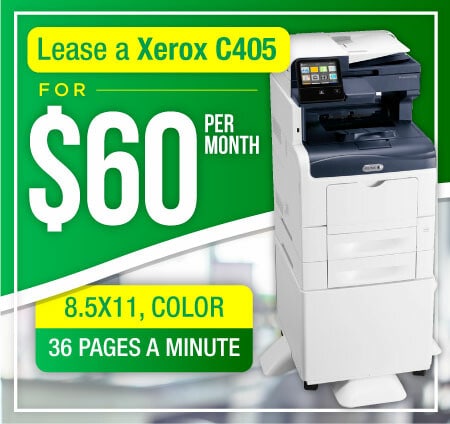Cost per Copy Contracts a Good Idea?

However, in the 1970s, Xerox transformed the dynamics of the business, and there was no longer a profit in the paper. The demand for plain paper copiers increased, and where you could find gross margins of 50 percent higher, dropped to below 30 percent. What better way to guarantee higher revenue from servicing and supplies than to bundle everything into a single contract. Will the contract charges focus on the number of pages generated per month? In that case, customers returned the contract. Instead, service contracts now include the copies and prints generated by MFPs and standalone printer volume as well.
Determining whether a contract works in your favor comes down to savvy calculation, and calculating an all-inclusive cost per page contract is fairly simple:
- Estimate Your Monthly Volume
- Include the Cost of Hardware and Supplies
- Divide the Total Cost by Your Anticipated Volume
Both leasing companies and customers can benefit from a cost per paper contract, but you have to be aware of the disadvantages as well. For example, if you produce more prints, then your total cost will increase. However, depending on how the leasing company wrote the contract, you could also see a decrease in price based on volume.

